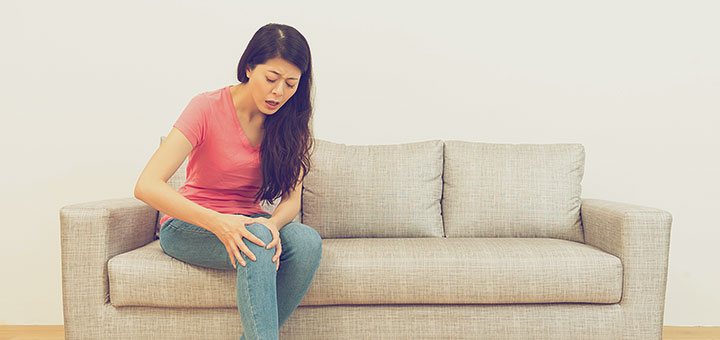Common Foot Problems
Custom Orthotics | orthoticsnearme.com
Not all feet are created equal! Some feet seem to take much abuse without complaining, many are not so lucky. Some people have sore feet in spite of wearing comfortable shoes and only moderate levels of activity. Improper shoe-fitting or inappropriate to certain activity footwear may cause foot discomfort or even trauma. The foot itself may be the problem, however.

The human foot contains about 26 bones and numerous joints, ligaments, muscles and tendons. It is a complex structure that isn’t always ideally suited to weight bearing and ambulation. We all have unique feet, and place unique demands upon them. Your lifestyle, what shoes you wear, and how active you are, clearly affect your risk of foot problems.
Your general health may adversely affect your feet. In fact, some health conditions such as diabetes, arthritis, poor circulation, stroke, and osteoporosis may be first discovered and recognized by your foot care doctor during an examination of your feet. Obesity may adversely affect your feet. Some types of heel and arch problems are more prevalent among overweight persons.
Rectus (normal) foot: Structure and alignment of the foot are well configured for the demand of daily living. Excessive wear, exceptional demands, or improper shoes can make this foot injured or painful.
High Arched (supinated) foot: This type is poor at absorbing shock. Individuals with supinated foot are prone to problems of the entire lower extremity and back. Such feet often develop severely clawed toes and extensive plantar calluses.
Flat (pronated) feet: This is one of the more common problems treated by foot care doctors. People with flat feet are prone to develop tired feet, arch strain, arthritis, and various structural deformations.
Foot pain has a multitude of causes. Foot care professionals can assess your problem, and treat it appropriately. If your foot problem has a mechanical origin, your foot doctor may recommend custom foot orthotics. These are special support that may compensate for structural problems, and eliminate or reduce discomfort.
Burning Feet
There are two types of burning feet, those that feel like they are burning, but are not actually hot, and those that are actually increased in temperature. Anything that increases the flow of blood to the feet will warm them. This may result from exercise, alcohol consumption, some vascular disorders, inflammation, and infection. Anything that insulates the foot can reduce heat loss and increase the temperature of the feet, for example socks, stockings, and shoes. The false perception of “hot” feet is due to changes in the nervous system. This may occur in the peripheral nerves, spinal cord, or brain.
Nerve tissue may be damaged by age, impaired circulation, injury, or mechanical irritation. Conditions such as diabetes, alcohol abuse, and nutritional deficiencies may damage nerves and result in the feeling of burning feet. In some cases, nerve damage is reversible. Your foot doctor may help to determine the cause of your burning feet, or direct you to the proper specialist. In spite of medical evaluation, the cause of burning feet is sometimes never determined.
Bunions
Bunions are common deformity of the forefoot. They may occur in either sex, and any culture, but are most common in women who wear narrow-toed dress shoes. A bunion is a displacement of the joint between the big toe and the long bone just behind it (the first metatarsal) toward the midline of the body. This joint begins to bulge on the inside of the foot and the big toe drifts in the opposite direction, sometimes coming to rest over or under the smaller toes. It seems that many factors can influence the development of a bunion deformity (hallux valgus). There may be a familial tendency to the deformity.
Pain often results from shoe pressure or abnormal weight bearing due to the deformity. It is important that your bunions be properly evaluated by your foot doctor. Custom orthotics, prescribed by a foot care specialist, may offer special support and pain relieve by correcting abnormal gait and stopping further deformity.

Corns and Calluses
Both involve excessive production of dead skin cells. This is the uppermost layer of the skin that protects it from external injury. For corns and calluses, this production is the result of intermittent pressure, from shoes or weight bearing. The skin responds to this pressure by thickening. Initially this “toughening” of the skin is helpful, but over time it builds up and becomes an irritant. Increased mass of the lesion results in increased pressure and discomfort. A vicious cycle develops which is only broken by relieving the pressure or reducing the lesion. This (pressure relief) may be achieved by changing shoes or wearing custom orthotics.